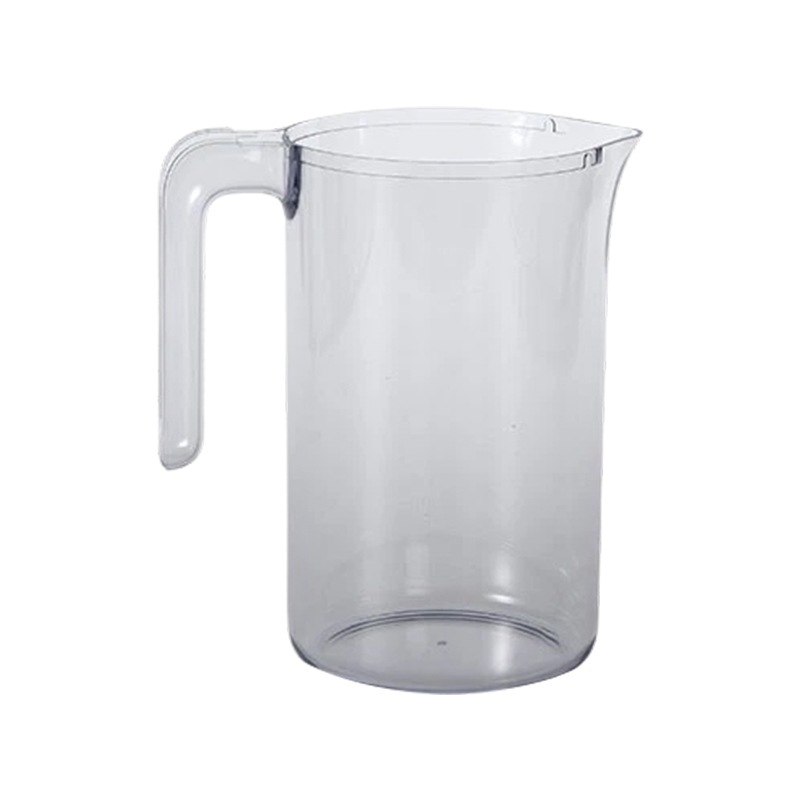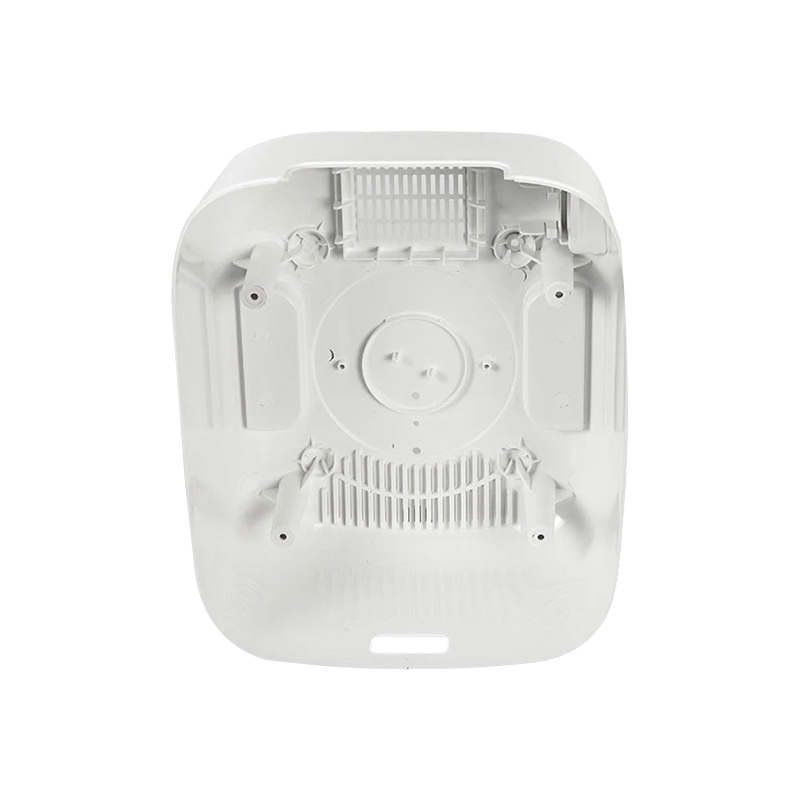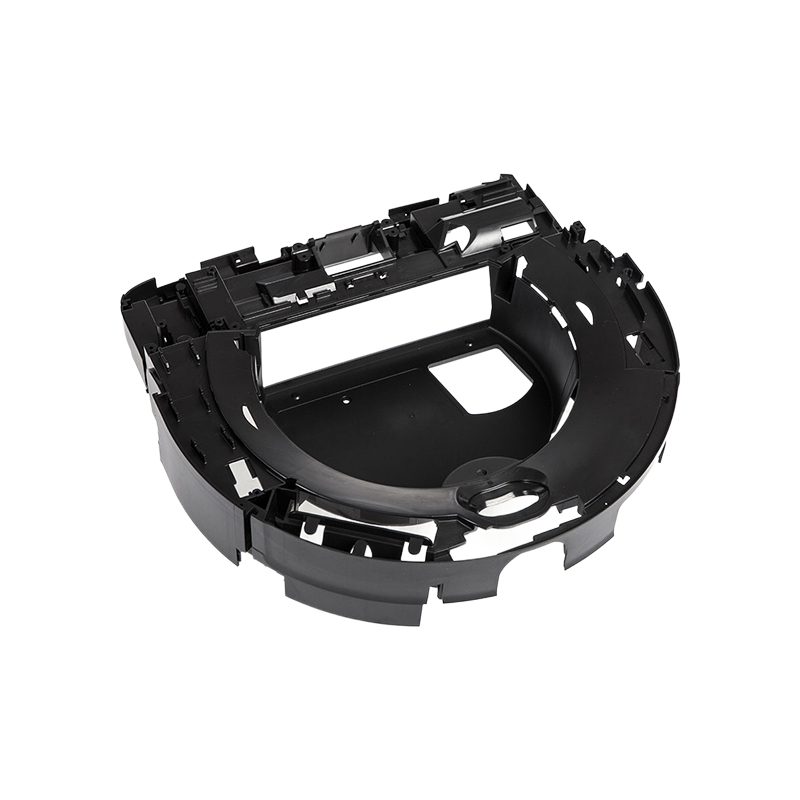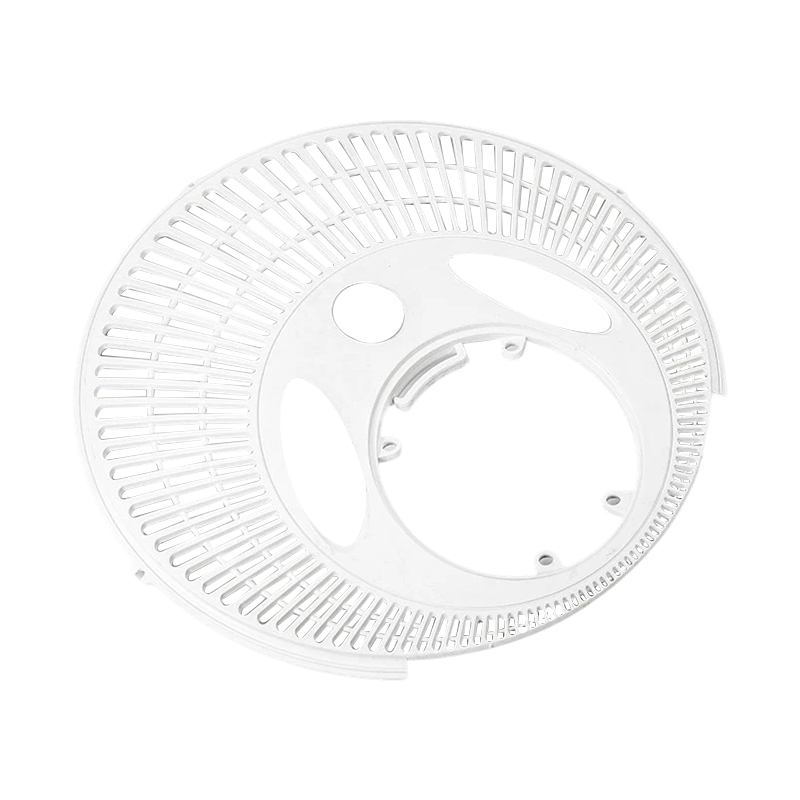Breaking the boundaries and reshaping: the thinking leap of non-transparent kettle mold design
Release Time : 2025-04-29
In the field of industrial design, mold manufacturing has always been a bridge connecting concepts and entities. When a customer puts forward the seemingly simple demand of "opaque kettle", it may hide deep thinking about functional innovation, user experience or market positioning. Traditional kettle design often uses transparent materials to show the flowing beauty of the internal liquid, while the proposal of opaque kettle is like a key that opens the neglected secret door in design thinking-when the visual channel is closed, how to reshape the value of the product through other sensory dimensions?
The breakthrough of this proposition lies first in the deconstruction of the essence of "opaque". It does not simply cover the contents, but provides designers with the opportunity to reconstruct the product narrative. For example, through the precise design of the mold, the outer shell of the kettle can be given texture, temperature feedback layer or interactive tactile elements. When the user holds it, the touch of the fingertips, the subtle temperature changes transmitted by the material, and even the weak vibration of the kettle body caused by the shaking of the liquid can become a medium for transmitting information. This shift from "visual-centrism" to "multi-sensory integration" requires mold design to break through the shackles of traditional geometric shapes and incorporate the research results of bionics, fluid mechanics and even neuroscience.
Functional innovation is also the core battlefield of opaque kettle mold design. Customers may hope to achieve the confidentiality of liquid ingredients, the need to preserve light-sensitive substances, or to build a "mystery" driven consumer psychology through opaque shells. Mold engineers need to work with material scientists to develop composite materials that are both light-proof, impact-resistant and lightweight, and achieve seamless molding of special-shaped structures through precision injection molding. For example, a honeycomb reinforcement rib structure can be used inside the kettle body to ensure strength while reducing material consumption; the exterior uses multi-layer nested molds to achieve simultaneous molding of matte texture and non-slip texture.
What is more worthy of reflection is that opaque kettle may become a carrier for promoting sustainable design. Traditional transparent kettles often give priority to optical performance in mold design due to the need to display the contents, while ignoring the difficulty of material recycling. Opaque design can get rid of this limitation and provide space for the application of new environmentally friendly materials such as bio-based plastics and marine recycled plastics. Mold designers can optimize the material flow path, reduce flash and injection defects through parametric modeling technology, and even directly integrate the disassembly and recycling structure of the kettle into the mold design, so that the end of the product life cycle becomes the starting point of a new round of creation.
The ultimate value of this innovative proposition lies in that it forces the industry to re-examine the binary opposition of "transparency" and "opaqueness". When mold manufacturing is no longer limited to the reproduction of the visible world, but begins to explore the sensory logic, functional logic and ecological logic hidden under the appearance, design truly becomes a thought experiment that breaks through the physical boundaries. The mold design of the opaque kettle may be the turning point for industrial manufacturing to move from "reproducing reality" to "creating a new reality".
The breakthrough of this proposition lies first in the deconstruction of the essence of "opaque". It does not simply cover the contents, but provides designers with the opportunity to reconstruct the product narrative. For example, through the precise design of the mold, the outer shell of the kettle can be given texture, temperature feedback layer or interactive tactile elements. When the user holds it, the touch of the fingertips, the subtle temperature changes transmitted by the material, and even the weak vibration of the kettle body caused by the shaking of the liquid can become a medium for transmitting information. This shift from "visual-centrism" to "multi-sensory integration" requires mold design to break through the shackles of traditional geometric shapes and incorporate the research results of bionics, fluid mechanics and even neuroscience.
Functional innovation is also the core battlefield of opaque kettle mold design. Customers may hope to achieve the confidentiality of liquid ingredients, the need to preserve light-sensitive substances, or to build a "mystery" driven consumer psychology through opaque shells. Mold engineers need to work with material scientists to develop composite materials that are both light-proof, impact-resistant and lightweight, and achieve seamless molding of special-shaped structures through precision injection molding. For example, a honeycomb reinforcement rib structure can be used inside the kettle body to ensure strength while reducing material consumption; the exterior uses multi-layer nested molds to achieve simultaneous molding of matte texture and non-slip texture.
What is more worthy of reflection is that opaque kettle may become a carrier for promoting sustainable design. Traditional transparent kettles often give priority to optical performance in mold design due to the need to display the contents, while ignoring the difficulty of material recycling. Opaque design can get rid of this limitation and provide space for the application of new environmentally friendly materials such as bio-based plastics and marine recycled plastics. Mold designers can optimize the material flow path, reduce flash and injection defects through parametric modeling technology, and even directly integrate the disassembly and recycling structure of the kettle into the mold design, so that the end of the product life cycle becomes the starting point of a new round of creation.
The ultimate value of this innovative proposition lies in that it forces the industry to re-examine the binary opposition of "transparency" and "opaqueness". When mold manufacturing is no longer limited to the reproduction of the visible world, but begins to explore the sensory logic, functional logic and ecological logic hidden under the appearance, design truly becomes a thought experiment that breaks through the physical boundaries. The mold design of the opaque kettle may be the turning point for industrial manufacturing to move from "reproducing reality" to "creating a new reality".








